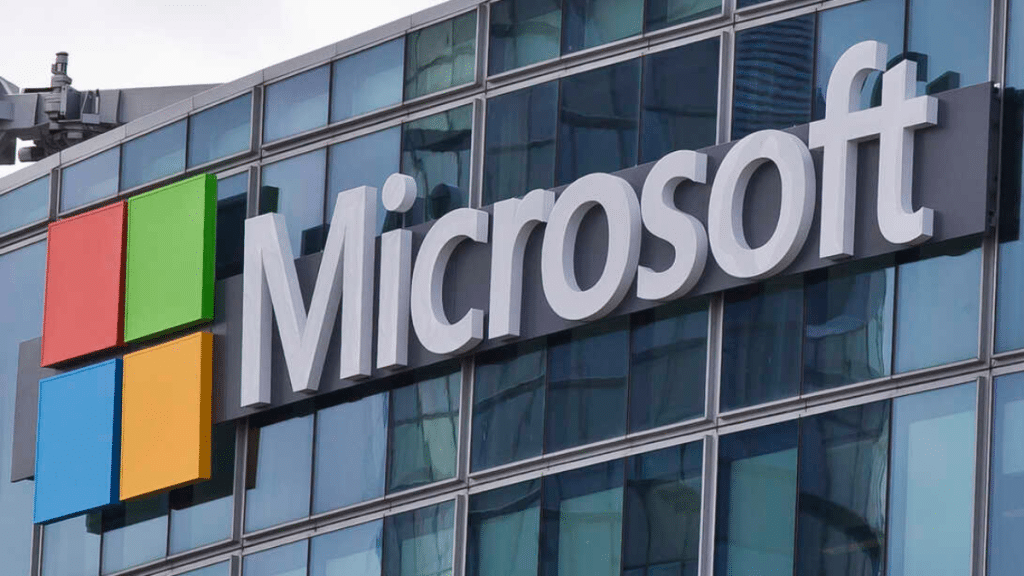Microsoft continues to cut despite investments in AI. What is behind the new wave of layoffs? Despite massive investments in artificial intelligence, Microsoft continues to optimize costs by reducing staff. In May, the company announced it would layoff 7,000 employees, and in June, a new wave followed — more than 300 people received notifications.
Microsoft invests in OpenAI (ChatGPT developer), Azure AI cloud services, and AI integration into Microsoft 365 (Copilot) products. The company has invested $13 billion in OpenAI alone, and the total cost of AI infrastructure is growing quarterly.
However, the corporation strives to reduce operating costs. For example, in 2023, Microsoft cut about 21,000 employees. Microsoft also aims to streamline staff in underperforming areas, such as Xbox and related divisions.
In addition, the company is trying to automate processes similar to those of Salesforce and Meta. Microsoft uses AI to speed up software development and reduce routine tasks.
Previous cuts affected software engineers, and the current ones will likely affect support, marketing, and related departments. These decisions can improve capital allocation and resource distribution within the company.
AI vs. human resources: the trend of the entire industry. Salesforce has already stated that AI allows them to hire fewer employees. Meta has cut 21,000 employees since 2022, while simultaneously investing in the metaverse and AI. Other US market movers, like Google and Amazon, also continue to lay off despite revenue growth. This suggests that technology companies are betting on efficiency rather than staff scaling.
The news of the cuts has not put pressure on MSFT stock, which still remains one of the highest dividend stocks. The price remains in a sideways trend, which indicates a neutral market reaction.
In the short term, if the sideways movement continues until the quarterly reports are released, growth is possible if the profit from the AI directions (Azure, Copilot) is higher than expected.
There are risks that if the economy slows down and the costs of AI don’t pay off, then the pressure on stocks will increase, and a correction can be expected.
Therefore, direct announcements about cuts or problems could negatively impact the stock price and the company’s reputation.
While Microsoft balances cuts and investments in AI, an automated trading software is increasingly influencing the dynamics of its shares, making the market more efficient but also more unpredictable. As long as Microsoft remains a fundamentally strong company, algorithms can arbitrage short-term distortions.
This is not the first time the company has been rebuilding itself — in the 2010s, it missed the mobile revolution, but was able to return to the lead due to Azure and cloud technologies. Now, the emphasis is on artificial intelligence, and all the changes are working towards this goal.
Like other tech giants, Microsoft sacrifices human resources for AI. So far, the market believes in the company’s strategy, but investors may start taking profits if AI revenues do not meet expectations. For now, MSFT remains one of the most stable stocks in the sector.
